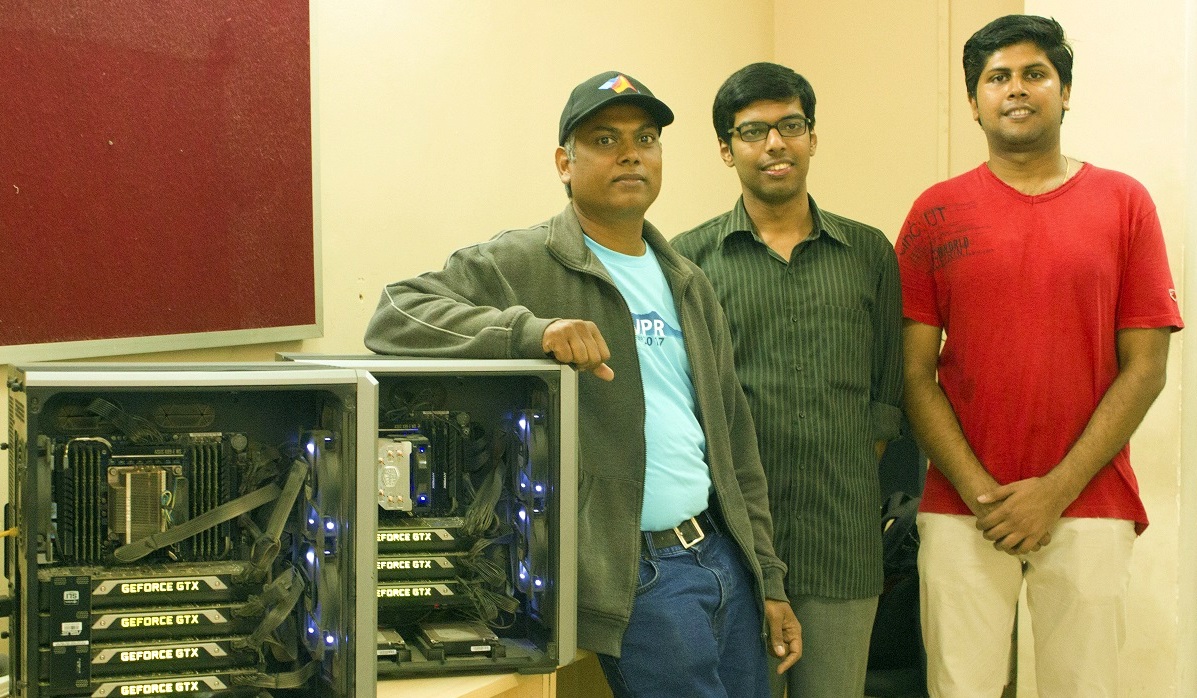Counting Drops in the Sea of Humanity

Imagine you are in a crowded cricket stadium enjoying the game. There are thousands of enthusiastic fans around, just like you. What would happen if there were to be any untoward incident like a fire? Panic, chaos and worse, stampede, may ensue. Managing crowd and planning for disaster contingency at such heavily crowded events are always a challenge for civic authorities. In today’s world powered by social media, mobilizing a crowd in a short time for any event is no more a challenge. Given that so many lives are at stake, how should the civic authorities plan for safety? How do we come to know if there is more crowd than the security and civic agencies can handle? Though these questions seem difficult to answer, technology can help here. In a recent study by Prof. Venkatesh Babu (CDS) and his team consisting of Deepak Babu Sam (PhD Student, CDS), Shiv Surya (PA, CDS) from Video Analytics Lab, Department of Computational and Data Sciences, have proposed a novel method that estimates the number of people in densely crowded gatherings using deep neural networks.

Research Team with Deep Learning Machine
Neural networks are computational models inspired by biology that enable a computer to learn from observational data, just like the human brain. They look at thousands of sample data and learn to recognise patterns. Hence they are used in applications involving image recognition, speech recognition and natural language processing. Convolutional Neural Networks (CNNs) are a class of neural networks that are better suited for image analysis. A typical CNN consists of multiple layers of neurons forming a hierarchy of pattern detectors like vertical and horizontal edges, colors, textures etc. This architecture is inspired by visual cortex of the brain. The researchers have used CNN in their study to estimate crowd counts. The model looks repeatedly at scenes with crowds and learns a ‘concept’ for detecting a person that is agnostic to the pose or scale of a person. In other words, looking at variety of images with people, the model starts to identify people and differentiate them from other objects. It also learns that people are more likely to be found against a grey background (road/pedestrian way), rather than a blue/green region (sky/water or foliage).
Acknowledgement: This work was supported by Department of Science and Technology, Govt. of India.
Research Team with Deep Learning Machine
Reference:
Deepak Babu Sam, Shiv Surya and R. Venkatesh Babu, “Switching Convolutional Neural Network for Crowd Counting”, IEEE Conference on Computer Vision and Pattern Recognition (CVPR), 2017.
Press coverage [Deccan Chronicle]: http://www.deccanchronicle.com/decaf/030917/tech-that-size-up-a-crowd-the-neural-way.html
Homepage: http://cds.iisc.ac.in/faculty/venky/
Other Featured research





